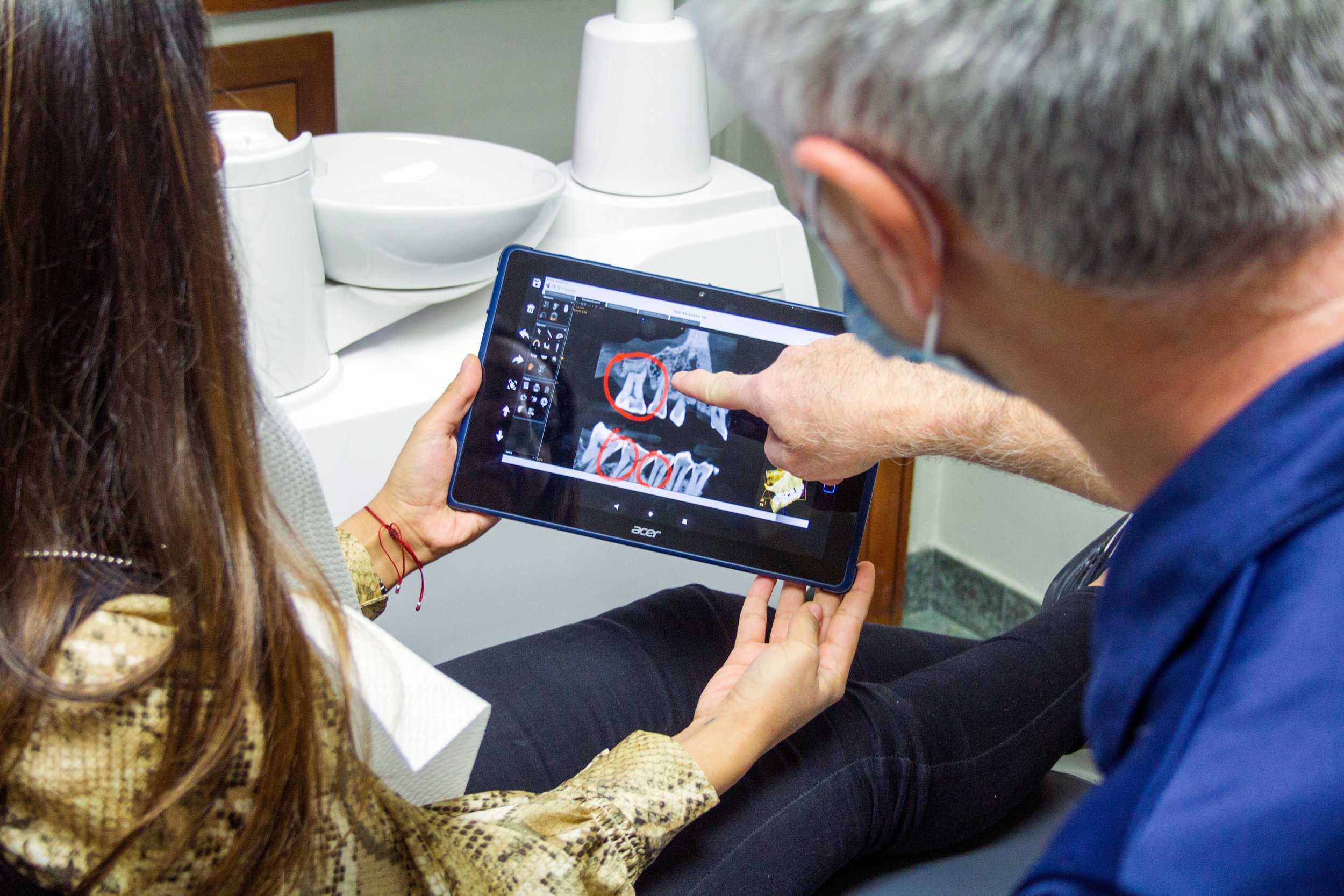MERCURY FILLINGS: THE SLOW POISON IN YOUR MOUTH
The EU Parliament has recently voted to ban the use of mercury in dental amalgam fillings from the 1st January, 2025. Current rules forbid the use of mercury in treating children under 5 and pregnant and breastfeeding women. In 2013, EU countries, including the UK, committed to the Minamata Convention, an international treaty to protect human health and the environment from the toxic damaging effects of mercury. In 1991, the World Health Organisation stated that the biggest human exposure to mercury was from amalgam fillings. This should be of concern to all health agencies and governments.
The 2025 mercury filling ban is good news for patients, however, not so for the majority of UK dentists who still put mercury fillings in the mouths of their patients. The British Dental Association (BDA) has been caught on the hop. For years, it has maintained a stubborn ‘head in the sand’ approach to the large body of scientific evidence linking mercury to numerous diseases. These include Alzheimer’s, MS, ALS, Parkinson’ Disease, fibromyalgia, allergies, autoimmunity, chronic fatigue, heart disease, kidney disease, depression, anxiety, cancer and more. At the time of writing this blog, the BDA website still claims that mercury amalgams are “safe and effective” (a phrase we have heard repeatedly over the last four years) and that “there are currently no alternative restorative materials that compete with amalgam on speed of placement or longevity.” It certainly demands less dental skill to place a mercury amalgam and mercury fillings can be placed more speedily than composite non-metal fillings. However, a mercury filling demands that more healthy tooth needs to be destroyed than with a non metal composite filling. This is good for dental business but not for the patient’s wellbeing or even teeth, as unlike composite fillings, mercury does not bond with a tooth, which can then lead to cracked teeth.
Many people in the UK have absolutely no idea what is in their mouth. You can tell if you have mercury amalgam fillings simply by looking in the mirror. If you see any silver-coloured metallic fillings, you have a mercury toxic mouth. Mercury is the most toxic non radioactive substance on the planet and there are strict guidelines that your dentist must adhere to by law when he drills out mercury from your mouth. Once out of your mouth, mercury is treated as toxic hazardous waste. Do you feel happy to have this toxin only a few centimetres away from your brain?
Many UK dentists will tell you that mercury fillings pose no threat to health because the mercury is safely locked in the amalgam. This old fashioned and totally false claim has been totally discredited in scientific circles years ago. If you google the video Smoking Teeth - Toxic Dental Mercury Fillings also known as “silver amalgam fillings”, you can watch a short film entitled Smoking Teeth = Poison Gas which shows that all mercury fillings leak substantial amounts of mercury constantly. This amount increases with any kind of stimulation, especially at higher temperatures, like drinking a cup of coffee. The higher vapour output continues for at least a further 90 minutes. These are not small amounts but over a thousand times higher than the Environmental Protection Agency limit for air safety. A recent study showed a four fold increase in the release of vapour from mercury fillings in patients receiving high strength MRI scans. Additionally, the newer high copper amalgams leak even more mercury than older fillings.
In this video, you will also see an image that I keep on my clinic wall to show patients. This is the so-called Black Sheep experiment. The image is of the X-ray of a sheep, which in 1985 received a number of radioactive mercury fillings. The fillings had been in place only 30 days before the X ray was taken and mercury was seen to have accumulated (showing in black) in the tissues of the jaw, stomach, liver and kidneys. Kidney ability to clear a substance called inulin had dropped by 60%, a clear indication of kidney malfunction. Whole body imaging of monkeys in 1990 found exactly the same results.
Other studies show that antibiotic resistant bacteria can appear in the gut just two weeks after receiving a mercury filling. Other sheep experiments show that mercury from a mother’s amalgams is highly damaging to foetuses, travelling to the placenta and every conceivable part of the foetus’s body. Mercury transfer from mother to baby increases in mother’s milk while breastfeeding. The advice of the IAOMT (Institute for Oral Medicine and Toxicology) is for women to get their mercury amalgams safely removed before planning a family and to wait for a few months after removal before conceiving. If any of us have ever had a mercury filling for even a short length of time, we are all Black Sheep!
Mercury amalgams must be removed in a safe way. This means that the dentist removing them must be trained in safe removal protocol. If he is not, run for the hills as that dentist will put you in danger. Why do some dentists still place mercury fillings and drill amalgam without the proper protocol? Because they don’t know themselves! They were taught to use mercury in dental schools and mercury manufacture is big business. Life saving ideas in medicine have a habit of taking decades to be accepted as the norm, especially where vested interests are challenged! Remember Dr Ignaz Semmelweis, an obstetrician in the mid-1800’s who exhorted his colleagues to wash their hands between patients to reduce the spread of infection. Widely ridiculed by colleagues, it took several decades for the penny to drop that maybe doctors should wash their bloodied hands to reduce the transfer of infection before seeing their next patient.
If your dentist doesn’t know the scientific evidence on the dangers of mercury fillings, he cannot protect himself and he cannot protect you. Think of the phrase “mad as a hatter.” This comes from the mad hatter character in Alice in Wonderland. At one time, the hat manufacturing process used mercury, causing insanity as an occupational hazard of the industry. It is no coincidence that the dental profession has one of the highest suicide rates of all professions. My childhood dentist, who placed 25 amalgam fillings in my mouth before I was 18, later went insane. I was saved from the same fate by a chance article on the dangers of mercury in a magazine and later had all my mercury fillings safely replaced.
What does safe mercury removal involve? The Safe Mercury Amalgam Removal Technique (SMART) can be read on the IAOMT website. It involves protective gowns and covers for both dentist and patient (if your dentist doesn’t look like a spaceman, be concerned). Oxygen inhalers should be avoided as these increase the passage of particles through blood brain barrier. A rubber dam should be used (the right kind). There are two kinds, latex, which is permeable to mercury vapour and silicone, which is not. The latter must be used. A powerful suction must be used and drilling must be done around the amalgam so it comes out easily and does not break up into small chunks.
For best practice, I like to prepare the patient nutritionally well before safe mercury removal (about a month, not a day!). This involves optimising the function of the organs of elimination as well as getting the right binder on board early to coat the gut lining and bind toxins that might otherwise escape through the gut lining and travel round the body. I also strongly advocate a post surgical nutritional and detoxification protocol. This is, after all, where the real work begins.
When you remove mercury fillings, you are just stopping the toxic tap from causing further damage. You now have to detoxify the mercury that has built up and been stored in your tissues and brain, sometimes for decades. This is a marathon, not a sprint. I see best results when this is done gently, not harshly. The tools I favour are the right herbal tinctures that can cross the blood brain barrier and the ionic foot bath. You also want to make sure constipation is not an issue, for obvious reasons.
So what do you do if you look in the mirror and see mercury ‘silver’ fillings staring back at you? The wrong thing to do is nothing, given that every day you have mercury in your mouth, you will be accumulating more toxic mercury in your tissues. This is especially true is you have any diagnosed condition, have a family history of neurological disease or are simply not feeling well. I repeat that mercury fillings need to be removed safely by a dentist qualified to do so. This will likely be a private dentist registered with IAOMT who has learned how to do safe amalgam removal. You will likely have to pay for this privately at a pace you can afford. However, if that makes you feel bad, consider the cost of repeat dental repairs from the erosion of mercury on teeth, not to mention the slow neurological impairment, brain fog, gut and other tissue damage that it can create.
I hope that the BDA will finally embrace the ban on mercury fillings in 2025. No longer putting mercury fillings into the mouths of thousands of people, could seriously improve the health of the nation. There will be a period of disruption while NHS dentists train in placing the kind of composite fillings that their private colleagues have been placing for years. Let us hope, for the sake of those who already have mercury fillings, some NHS dentists will be motivated enough to train in safe SMART mercury removal too. The technology is all there. They just need to be interested enough to use it!
If you would like to embark on removing toxic mercury from your body, please get in touch with the Good Health Clinic on goodhealthclinic@outlook.com to request a free 30 minute Enquiry Call or book an appointment. Please note that an Enquiry Call is not a consultation but an exploratory call to see if this a clinical approach you wish to pursue.
To your very good health,
Suzanne Jeffery
Disclaimer:
All advice given out by Suzanne Jeffery and the Good Health Clinic is for general guidance and informational purposes only. All advice relating to other health professionals’ advice is for general guidance and information purposes only. Readers are encouraged to confirm the information provided with other sources. Patients and consumers should review the information carefully with their professional health care provider. The information is not intended to replace medical advice offered by other practitioners and physicians. Suzanne Jeffery and the Good Health Clinic will not be liable for any direct, indirect, consequential, special, exemplary or other damages arising therefrom.

